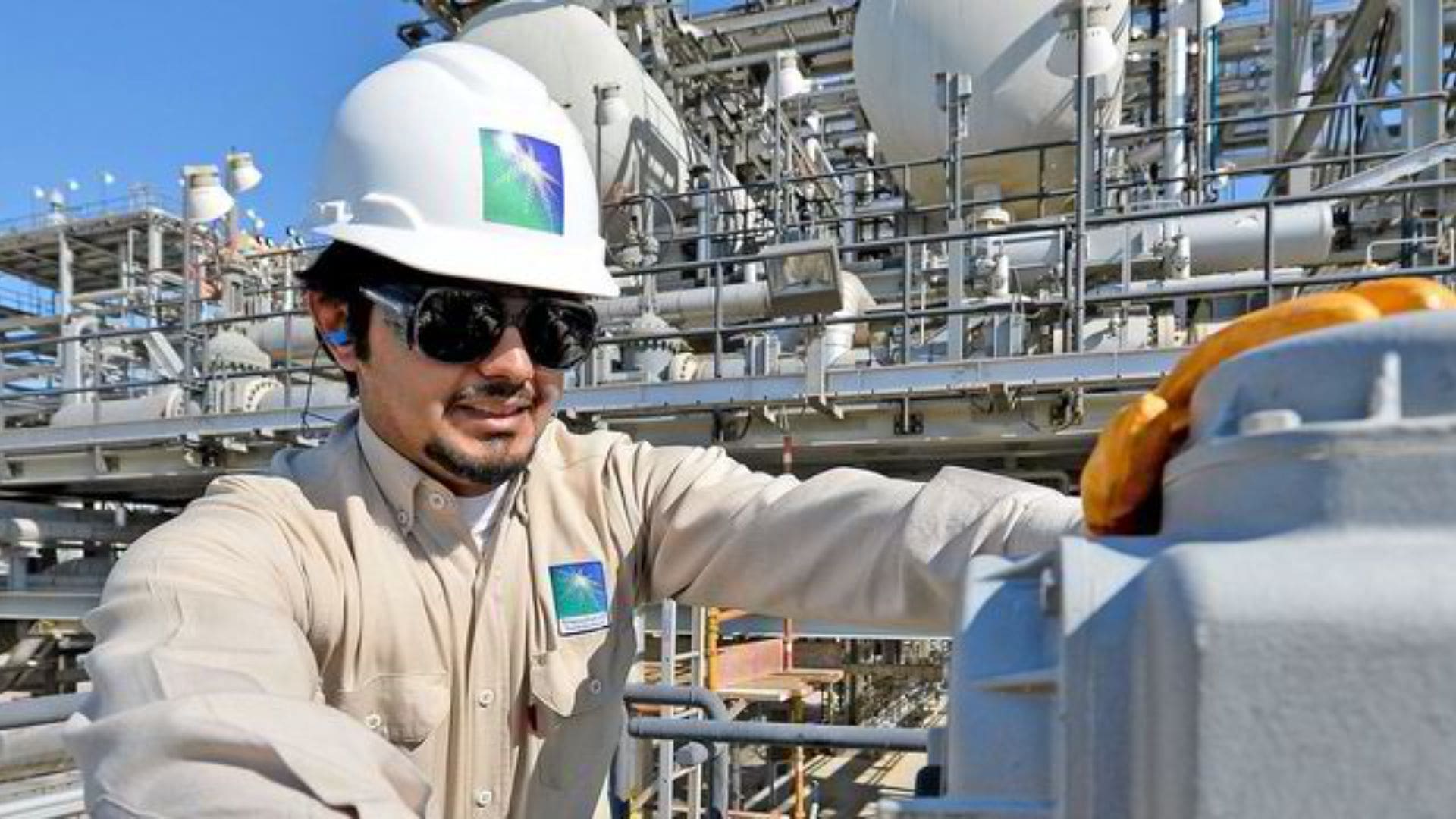Saudi Aramco's Highly Anticipated IPO: A Game-Changer in the Global Energy Landscape
- Saudi Arabia | 5 November 2019

Saudi Aramco, the national petroleum company of Saudi Arabia, is undeniably a behemoth in the global energy industry. Boasting a staggering annual revenue of USD 356 billion, with a significant portion translating into net profit, Aramco has established itself as one of the most profitable companies worldwide. With control over the largest onshore and offshore oil fields on the planet, it plays a pivotal role in fueling both the industrial engines of the East and the West. In a remarkable feat, Aramco’s net profit in 2018 surpassed the combined earnings of tech giants Apple and Google, as well as ExxonMobil. Given its prominence and profitability, it comes as no surprise that investors are eagerly eyeing the opportunity to own shares of this oil giant.
Until recently, Aramco was fully owned by the Government of Saudi Arabia, making it inaccessible to outside investors. However, in a groundbreaking move, the company announced its intention to go public in November. The plan involves issuing an initial public offering (IPO) on November 9, with trading of shares commencing on December 11 on the local stock exchange, Tadawul. While only 1.5% of Aramco’s shares will be available for purchase, the company’s valuation of around USD 1.6 trillion suggests that the IPO could raise a staggering USD 25-26 billion. Some experts even predict that it could become the largest IPO in history, potentially surpassing Alibaba’s USD 25 billion IPO in 2014. However, challenges such as low oil prices and geopolitical tensions in the Middle East have cast uncertainty on the outcome.
To achieve its ambitious fundraising goal, Aramco is targeting both retail and institutional investors. While institutional investors have already placed bids worth nearly USD 20 billion, retail investors are crucial to reaching the USD 25 billion mark. A significant portion, 0.5%, has been exclusively allocated for retail investors, aiming to attract individual buyers. However, the deadline for bids is approaching on December 4, and it remains uncertain whether Aramco will attain the distinction of being the world’s largest IPO.
Despite allowing foreign investment groups to participate, Saudi Arabia’s stock market, Tadawul, imposes strict criteria, requiring investment companies overseeing assets worth over USD 500 million. This limitation, coupled with geopolitical considerations, suggests that a majority of buyers will likely come from the Gulf Cooperation Council (GCC) region, including Saudi Arabia itself. While this is not inherently negative, the company and the Saudi economy may have preferred foreign currencies, particularly the US dollar, for a more diverse investor base. In an effort to maximize the circumstances, Aramco has engaged in marketing efforts, targeting countries with substantial sovereign wealth funds. Reports indicate that high-ranking representatives, including Aramco’s CEO, Amin Nasser, held meetings with officials from the Kuwait Investment Authority (KIA) and conducted roadshows in Dubai, Abu Dhabi, and Singapore.
The impending IPO of Saudi Aramco has generated significant excitement and anticipation in the global energy sector. As the world’s largest oil company, Aramco’s transformation into a publicly traded entity will undoubtedly have far-reaching implications. While uncertainties surrounding oil prices and regional tensions persist, the IPO has the potential to raise substantial funds for Aramco and inject liquidity into Saudi Arabia’s capital market. Furthermore, it will showcase the country’s stock exchange market and provide an opportunity for both institutional and retail investors to participate in this historic event. Only time will reveal whether Aramco’s IPO will surpass previous records, but its impact on the company, the Saudi economy, and the global energy landscape is already undeniable.








